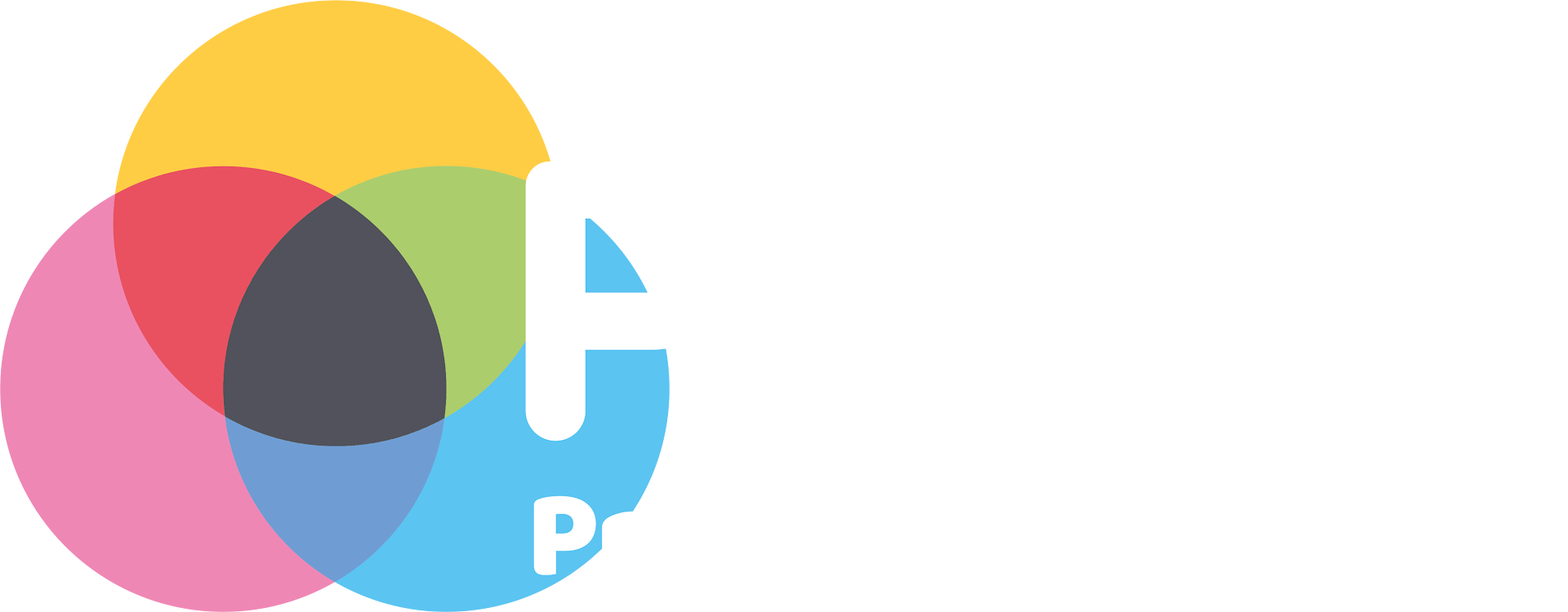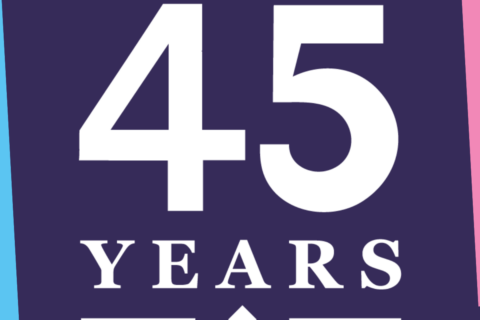How has the print industry evolved over time?

It has become so easy to quickly print out a presentation or image that, as a society, we have started to take printing for granted. The majority of offices and even homes have a desktop printer and, who knows, perhaps soon they will even have a 3D printer too! But the print industry hasn’t always been such an easily accessible part of everyday life.
There was a time when printing required enormous effort. The first printing method originated in China and involved a block of wood being carefully carved into the required pattern which was then coated in ink and stamped onto a material like textiles or paper. The first examples of this printing approach dates back to before 220 AD, and was later adopted in Europe around the second half of the 15th century.
In 1439, German blacksmith Johannes Gutenberg introduced mechanical movable type printing, kickstarting the Printing Revolution which was one of the second millennium’s most notable milestones. It was this innovation which truly ushered in the modern period of history and played a key role in significant events like the Renaissance, Reformation, Age of Enlightenment and the scientific revolution.
In 1837 the print industry radically changed again when multicolour printing was introduced with a method called chromolithography. This type of colour printing was developed from the process of lithography and relied mostly on using several woodblocks coated with varying colours. The initial technique involved multiple lithographic stones for each colour.
The 1940s saw the introduction of dry photocopying techniques and the first inkjet computer, which formed characters using minute jets of ink, became available in the 1950s. Over the next two decades, printing heavyweights HP, Canon, and Epson began making inkjet computers which were able to recreate digital images made by computers.
In the 1970s Xerox invented laser printing which produces high-quality text and graphics by passing a laser beam back and forth across a negatively-charged cylinder known as a ‘drum’ creating a differently charged image. Then the drum collects electrically charged toner to transfer the image to paper which is then heated to permanently fuse the text, graphic, or both.
At Hague Print, we offer the best range of business print solutions using the most modern printing methods. Let us manage the whole printing process for you so that you can focus on what really matters in your business.
Contact us today and a member of the Hague team will get in touch to find out more about your printing requirements.
















